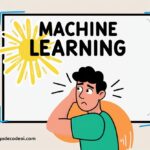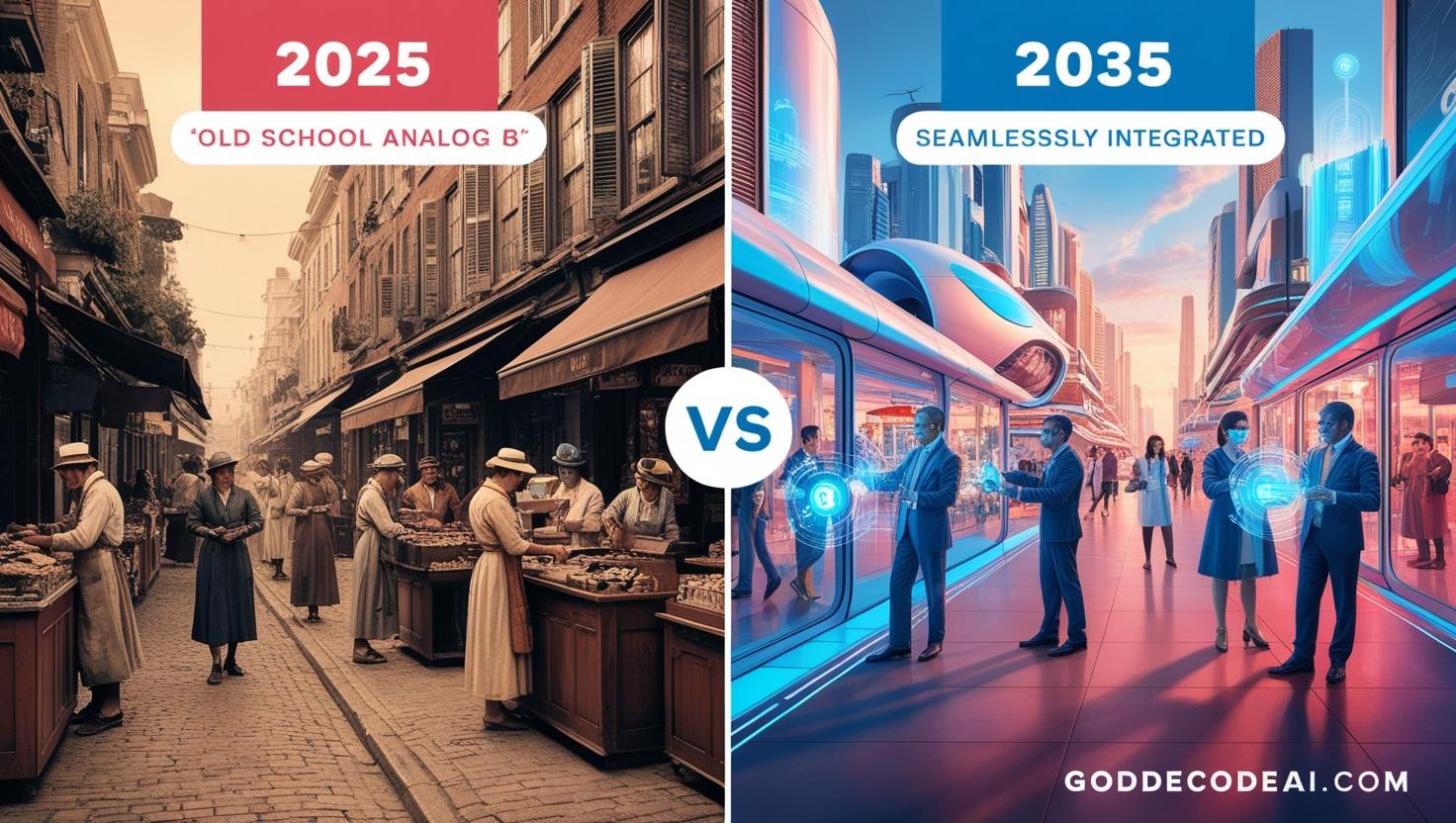Understanding How Machines “Think” (and Why It’s So Hard)
Neural networks are powerful.
But do we really understand them?
Not quite.
They’re often called “black boxes” for a reason.
This article dives into the lesser-known (and slightly eerie) side of AI: reverse-engineering neural networks.
No PhD. No fluff. Just straight-up insight.
🧠 What Are Neural Networks—Really?

At their core, neural networks are just layers of math.
They take input, process it through weighted layers, and output predictions.
But what makes them powerful also makes them opaque.
Unlike traditional code, you don’t tell them exactly what to do.
You train them. They adapt.
And then… they start to work in ways even experts don’t fully understand.
⚠️ The Problem: Neural Networks Don’t “Explain Themselves”
Imagine asking a genius why they solved a problem the way they did—and they just shrug.
That’s what happens with deep learning.
You feed it thousands of examples.
It gives great results.
But ask why or how it made a specific decision?
Crickets.
🧪 Enter: Reverse Engineering
This is where the “dark arts” come in.
Reverse-engineering a neural network means:
Peeling back the layers to understand how the system made a decision.
It’s not just curiosity—it’s critical for:
- Trust (AI in healthcare, finance, law)
- Safety (AI hallucinations, deepfakes)
- Compliance (AI regulations, ethical audits)
But here’s the twist: it’s incredibly difficult.
🧰 Techniques Used to Crack the AI Black Box

- Feature Visualization
Like seeing what neurons “see.”
Researchers visualize what activates certain layers—especially in image models like CNNs. - Saliency Maps
Highlight parts of the input (text, image) that influenced the decision.
Useful in explaining what a model is “paying attention” to. - Layer-wise Relevance Propagation (LRP)
Traces back predictions through the network to show which features mattered most. - Activation Atlases
These cluster and visualize neuron activations to detect high-level patterns or logic paths. - AI on AI (Neural Decoding)
Using one model to interpret another. Yes, this is real.
It’s meta, it’s weird—and it’s happening now.
🕵️♂️ Real-World Example: Decoding GPT

OpenAI researchers have been working to interpret models like GPT-4 by:
- Finding circuits (groups of neurons that handle tasks, like quote formatting).
- Tracing how attention heads handle linguistic nuance.
- Mapping how logic and reasoning emerge from sheer scale.
We’re barely scratching the surface—but it’s clear: these models develop unexpected behaviors.
Sometimes useful.
Sometimes… not.
⚠️ The Dark Side: When AI “Thinks Differently”
Reverse engineering often reveals alien logic:
- AI may prioritize patterns that humans ignore.
- It might exploit loopholes to get correct answers for the wrong reasons.
- Some models develop internal representations of truth that don’t match reality.
In essence, these systems “work”—but not always how we think they do.
🎯 Why This Matters More Than Ever
In 2025, AI is everywhere:
- Doctors use it to analyze scans.
- Banks use it to approve loans.
- Judges are being advised by algorithms.
If we can’t explain these decisions, we risk:
- Bias creeping in unchecked.
- Accountability being lost.
- Manipulation by those who do understand how to game the system.
🧠 Human Takeaway: We Must Learn to Think Like Machines

Reverse-engineering AI isn’t just about control—it’s about alignment.
If we don’t understand how these systems think, we can’t:
- Trust them
- Regulate them
- Improve them
And we certainly can’t coexist with them in a meaningful way.
📚 FAQs
Q: Is reverse-engineering neural networks legal?
Yes, when done ethically for transparency, safety, or research. But it becomes gray when applied to proprietary models without consent.
Q: Can everyday users reverse-engineer AI?
Not yet. It’s mostly PhD-level work. But tools are emerging to make it more accessible.
Q: Why is it so hard to interpret deep learning models?
Because they learn emergent behaviors—complex patterns that arise from massive amounts of data and layers, not from explicit rules.







